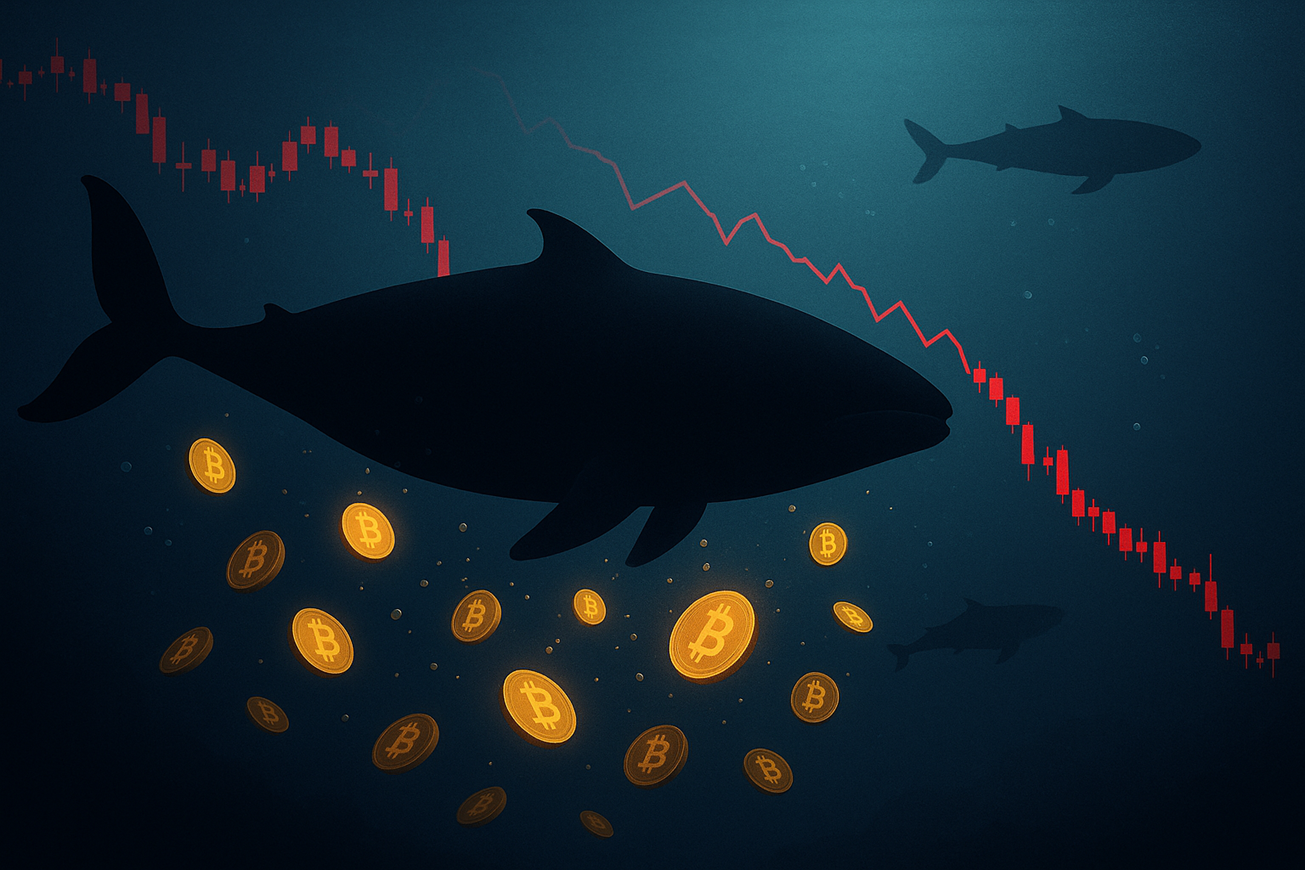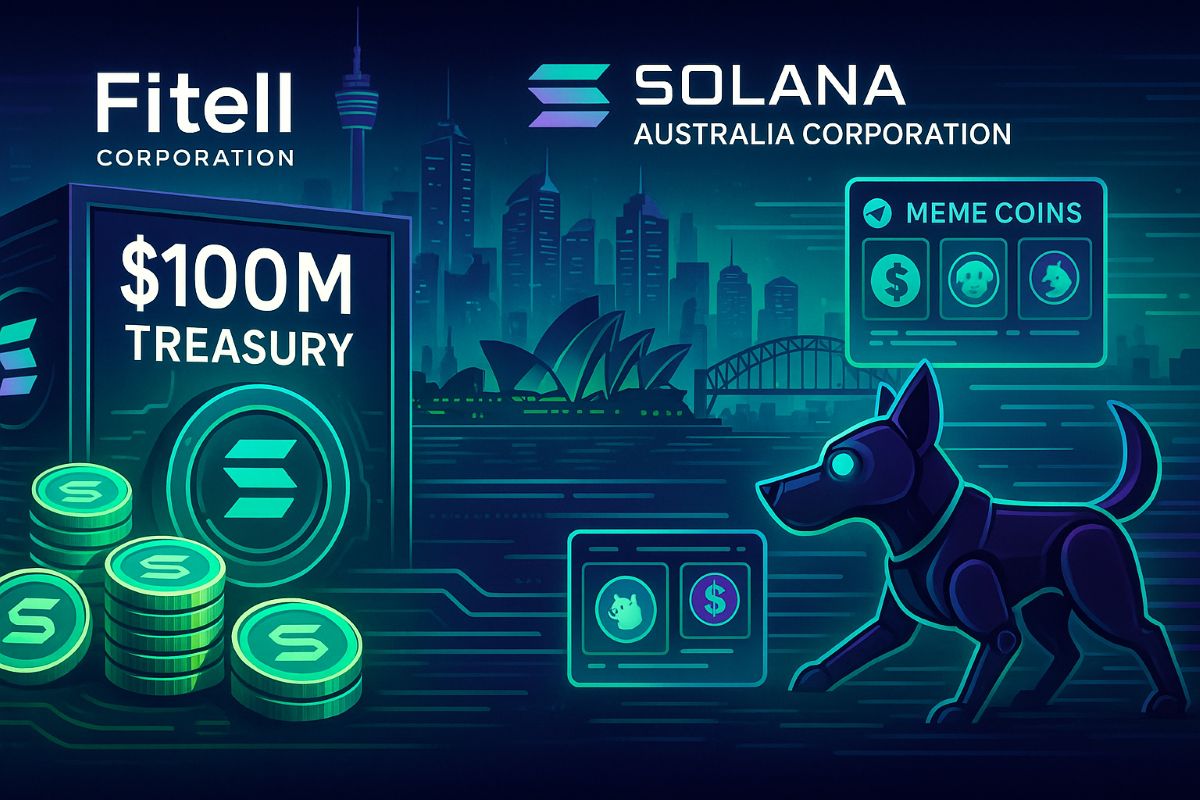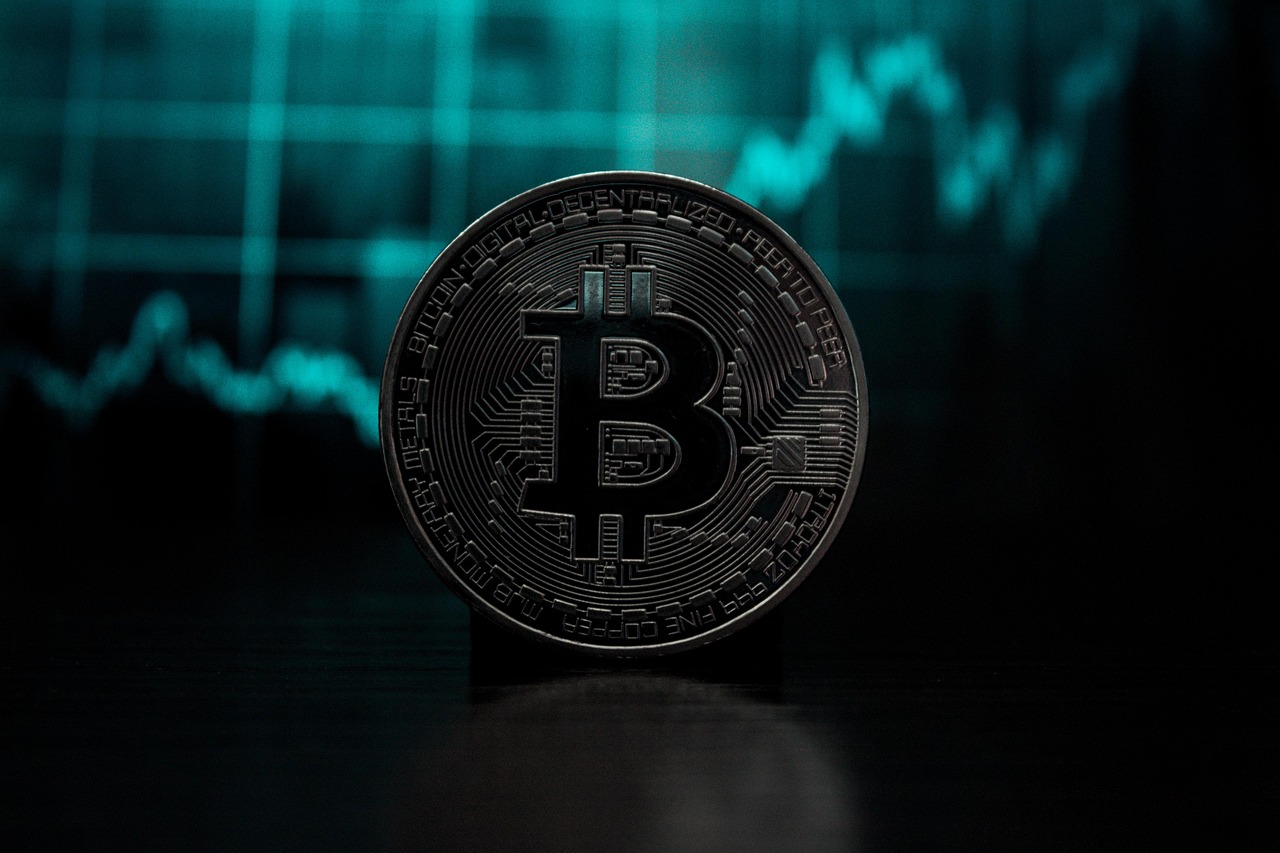Reason to trust
Strict editorial policy that focuses on accuracy, relevance, and impartiality
Created by industry experts and meticulously reviewed
The highest standards in reporting and publishing
Strict editorial policy that focuses on accuracy, relevance, and impartiality
Morbi pretium leo et nisl aliquam mollis. Quisque arcu lorem, ultricies quis pellentesque nec, ullamcorper eu odio.
In a week dominated by deleveraging headlines, two interoperability- and DeFi-focused initiatives are attempting something far more structural in the XRP market: programmatic lock-ups of sizable chunks of circulating supply.
Axelar’s new “mXRP” yield product has launched with the stated ambition—voiced by co-founder Georgios Vlachos in a recent X Space—of absorbing “$10 billion, 5% of the XRP circulating supply.” Flare Networks, in parallel, has articulated a goal of mobilizing up to 5 billion XRP onto its rails by mid-2026. If either target is approached, the near-term tradable float could tighten materially.
Related Reading
Axelar is the freshest development. Midas, working with Interop Labs (a core Axelar developer), has introduced mXRP, a tokenized, yield-bearing representation of deposited XRP intended to route capital into on- and off-chain strategies while the underlying XRP is parked for strategy execution. Axelar’s public materials pitch mXRP as a way to bring “XRP-denominated yield strategies” to the XRPL and beyond; trade-press coverage has framed base yields up to ~8% at launch as liquidity turns on.
Crucially, the scale discussion has moved from community speculation to a direct statement by leadership. During a recent X Space, Vlachos said the “goal is $10 billion, 5% of the XRP circulating supply,” a remark that has since been amplified by several market participants who joined or replayed the Space.
Related Reading
Flare’s target is comparably explicit. In an interview segment widely clipped by crypto media, Flare co-founder and CEO Hugo Philion said he would “like to see Flare at five billion XRP by mid-2026”—an ambition tied to the network’s push to make FXRP wrapping, over-collateralized stablecoin loans, and a restaking stack (Firelight) usable across lending and liquidity protocols. Philion has framed the thesis as mobilizing “idle XRP” into yield-bearing roles, contingent on institutional-grade DeFi plumbing.
So @axelar ‘s goal is to lock up 5% of the XRP circulating supply and @FlareNetworks ‘s goal is to lock up 5 Billion XRP. That’s just two companies. Can you say supply shock?? pic.twitter.com/KBDahqMxfx
— Digital Asset Investor (@digitalassetbuy) September 23, 2025
Mechanically, both efforts encumber rather than destroy supply. mXRP is minted against custodied XRP and becomes a composable asset for EVM-compatible DeFi; the underlying XRP sits in programmatic vaults or strategies. Flare’s path relies on FXRP wrapping and CDP-style borrowing that sequesters native XRP as collateral while unleashing synthetic liquidity. In both designs, balances migrate from exchange-visible spot inventories into bridges, vaults, AMMs, and CDPs. If stickiness is high, the free float that competes on centralized order books can compress—even if, in principle, encumbrances are reversible.
Scale is the fulcrum. With XRP’s circulating supply hovering near ~59.7–60.0 billion, Axelar’s stated 5% objective implies roughly 3.0 billion XRP encumbered at target size. Flare’s five-billion aspiration, if realized concurrently, would lift the combined effect toward eight billion XRP—on the order of ~13% of today’s float. Those figures are directional and contingent on product-market fit, risk controls, and custody rails, but they frame why “supply shock” has entered the community lexicon this week.
At press time, XRP traded at $2.87.

Featured image created with DALL.E, chart from TradingView.com







